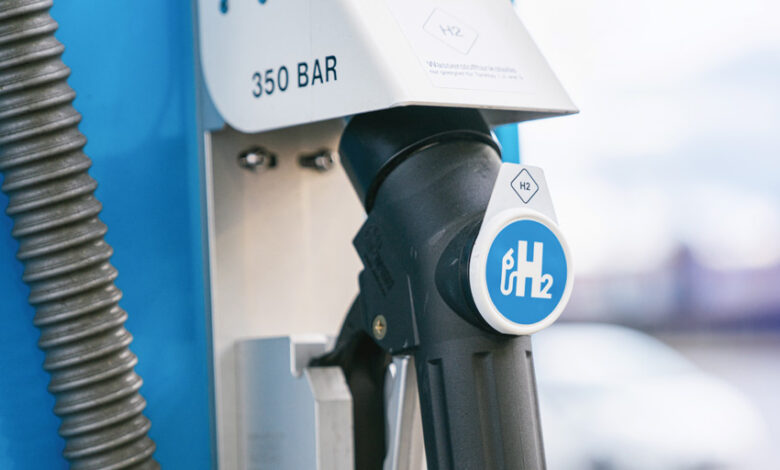Local authority HGV roadmaps among Shared Island projects

A feasibility study for local authorities to develop zero-carbon heavy goods vehicles (HGV) roadmaps on a cross-border basis is among the projects receiving Shared Island funding, with green hydrogen specifically earmarked as an enabler for the energy transition.
In September 2022, 25 cross-border projects were named as having been awarded funding by then-Taoiseach Micheál Martin TD under the Shared Island Local Authority Development Funding Scheme, which is funded by the Department of the Taoiseach’s Shared Island Fund with an onus on cross-border co-operation among local authorities. Among these awards was the funding of €150,000 delivered to fund the feasibility study into the future of zero-carbon HGVs.
Led by Monaghan County Council in partnership with Louth County Council; Newry, Mourne and Down District Council; Ards and North Down Borough Council; Armagh, Banbridge and Craigavon Borough Council; and the East Border Region group, the study will query zero-carbon roadmaps for HGVs, seeking to identify opportunities and conditions for clean energy transition. Green hydrogen is specifically mentioned as being to the fore in this transition, being the only fuel source specifically mentioned in the Government’s description of the project.
The project will seek to map out three phases for sustainable energy use in the HGV fleets of local authorities: planning, where renewable refuelling routes will be identified; development, where HGVs will be trialled and tested; and development, where the HGV routes developed will be expanded.
Notable in this funding award is the mention of green hydrogen without any mention of electric HGVs, with the two fuel sources thought to be the two most likely to decarbonise HGVs in the future. Such decarbonisation is crucial within all transport, but for HGVs especially due to their weight, typical distance travelled, and reliance on diesel over petrol meaning that the vehicles have higher polluting profiles than the average vehicle.
Given that any electric HGV would require a battery of substantial size that would limit its freight capacity, this is perhaps an indication of future policy in this area. Hydrogen’s main advantage over electricity in this regard is its flexibility and compatibility with existing infrastructure. Hydrogen HGVs can refuel as quickly as their diesel equivalents in a manner that is virtually identical and operate at distances that range from similar to better, although the production of green hydrogen is more energy intensive than electricity.
The project will join a growing cohort of similar projects globally as states attempt to get to grips with the emissions of HGVs, a small proportion of road vehicles that accounts for 26 per cent of global road transport emissions; this stat is even more acute in Ireland, where HGVs account for 4 per cent of road vehicles and 30 per cent of transport emissions. The Scottish hydrogen firm HVS was awarded £30 million in joint UK Government and industry funding as it continues to build a hydrogen fuel cell to be used in HGVs, with a 5.5-tonne demonstrator model for its hydrogen commercial vehicle having been unveiled in November 2022. Such HGVs are projected as having the capability to cover over 500km depending on variables such as road conditions and driving style.





